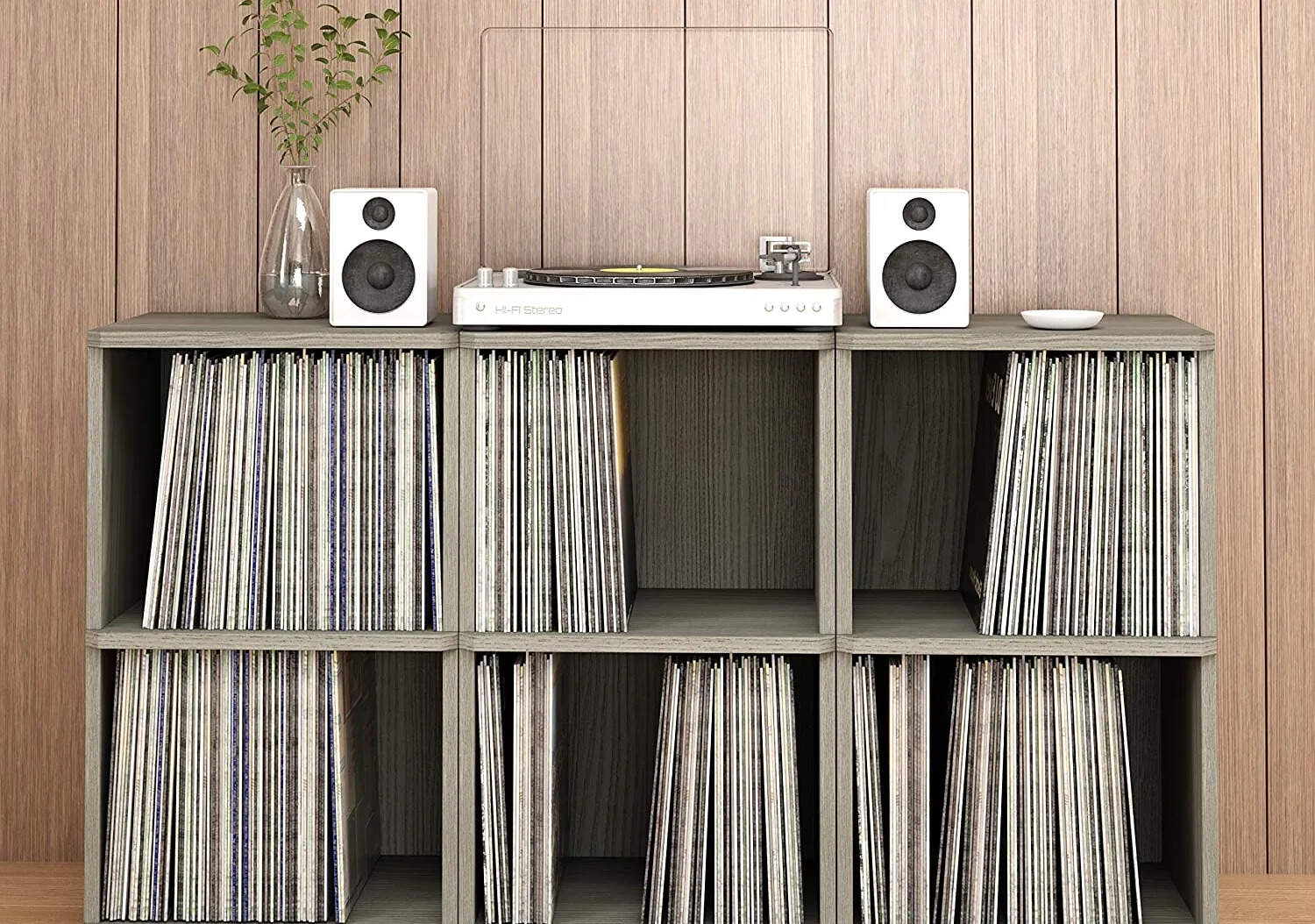

Articles
How To Store Vinyl Albums
Modified: January 19, 2024
Learn how to store and preserve your vinyl albums with these helpful articles. Keep your collection in pristine condition for years to come.
(Many of the links in this article redirect to a specific reviewed product. Your purchase of these products through affiliate links helps to generate commission for Storables.com, at no extra cost. Learn more)
Introduction
Vinyl albums have made a significant comeback in recent years, capturing the hearts of both music enthusiasts and collectors alike. These enduring music treasures offer a nostalgic experience that digital formats simply cannot replicate. However, proper storage and care are essential to ensure the longevity and quality of your vinyl collection.
In this article, we will explore the various aspects of storing vinyl albums, including the different types of albums, the preparation required for storage, available storage options, cleaning and maintenance tips, as well as proper handling and care techniques. By following these guidelines, you can preserve your vinyl albums for years to come, protecting both their sentimental and monetary value.
So, whether you are a dedicated audiophile or a casual vinyl lover, read on to learn how to store your vinyl albums in the best possible way.
Key Takeaways:
- Preserve the nostalgia and value of your vinyl albums by understanding the types, preparing them for storage, and investing in suitable storage options to maintain their quality and longevity.
- Protect your vinyl collection by implementing proper cleaning, handling, and care techniques, ensuring that your albums provide a timeless and superior listening experience for years to come.
Read more: How To Store Old Photo Albums
Types of Vinyl Albums
Vinyl albums come in various formats, each with its own unique characteristics and storage considerations. Here are the main types of vinyl albums you may encounter:
- 12-inch LPs (Long Play Records): Commonly referred to as LPs, these are the standard-sized vinyl albums. They typically contain a full-length album or a collection of songs. LPs have a playback speed of 33 1/3 revolutions per minute (RPM).
- 10-inch Records: These vinyl albums are smaller than the standard 12-inch LPs. They were commonly produced during the mid-20th century and may contain single songs or shorter recordings. They have a playback speed of 78 RPM.
- 7-inch Singles: Also known as 45s, these vinyl records are smaller in size and are typically used for single songs or two-song releases. 7-inch singles are played at a speed of 45 RPM.
- Picture Discs: Picture discs are vinyl albums with an image or artwork pressed directly onto the surface of the record. They are visually appealing and often considered collector’s items. However, due to the extra layer of artwork, they may require specialized storage to maintain their condition.
- Colored Vinyl: Colored vinyl records are manufactured using different colored materials, ranging from transparent hues to vibrant and opaque shades. While they add a visually striking element to your collection, it is important to note that some colored vinyl may be prone to fading or degradation over time if not stored properly.
Understanding the different types of vinyl albums is crucial for determining the appropriate storage methods. Now that we have explored the varieties of vinyl albums available, let’s move on to the preparation required before storing your valuable collection.
Preparation for Storage
Before you can start storing your vinyl albums, there are a few essential preparation steps to ensure their preservation. Follow these guidelines to get your collection ready for storage:
- Clean Your Vinyl Albums: It is crucial to clean your vinyl records thoroughly before storing them. Use a record cleaning brush or a carbon fiber brush to remove any dust, debris, or fingerprints. Avoid using harsh chemicals or alcohol-based solutions, as they can damage the vinyl surface. Additionally, clean the album covers using a soft cloth or a mild cleaning solution suitable for the material.
- Remove Paper Sleeves: Most vinyl albums come with paper sleeves to protect the record. However, these sleeves can promote the growth of mold, so it is advisable to remove them. Instead, replace the paper sleeves with anti-static inner sleeves made of polyethylene or polypropylene. These sleeves help prevent static buildup and protect the vinyl surface from scratches.
- Organize and Catalog Your Collection: Before storing your vinyl albums, consider organizing them alphabetically, by genre, or in any way that makes it easier for you to locate specific records in the future. You can also create a catalog or spreadsheet to track the contents of your collection, including album names, artists, and any additional information you may find useful.
- Invest in Storage Supplies: To protect your vinyl albums from damage, invest in high-quality storage supplies. This includes sturdy record storage boxes or crates made from acid-free materials, as acidic materials can harm the vinyl records over time. Additionally, purchase poly sleeves or outer protectors to shield the album covers from dust, moisture, and sunlight.
- Find a Suitable Storage Location: The location where you store your vinyl albums is crucial for their preservation. Choose a cool, dry, and temperature-stable area away from direct sunlight, as excessive heat and humidity can warp the vinyl records and cause damage to the album covers. Avoid storage areas prone to mold, such as basements or attics.
By following these preparation steps, you can ensure that your vinyl albums are in optimal condition before being stored. In the next section, we will explore various storage options to keep your collection safe and organized.
Storage Options
Proper storage is crucial to protect your vinyl albums from damage and ensure their longevity. Here are some storage options to consider for your vinyl collection:
- Record Storage Boxes or Crates: Invest in sturdy record storage boxes or crates specifically designed for vinyl albums. These boxes typically have reinforced corners and are made from acid-free materials to prevent damage to your records. Look for boxes with handles for easy transportation and ensure they are of the right size to accommodate your collection.
- Record Shelving Units: If you prefer to display your vinyl collection while still keeping them organized and protected, consider investing in record shelving units. These units are designed to hold vinyl albums securely and can be a stylish addition to your living space. Look for shelves that provide ample space between records to avoid overcrowding and potential damage.
- Vertical Storage: Storing your vinyl albums vertically is recommended to prevent warping. Use dividers or bookends to keep the records upright and properly organized. Avoid stacking records horizontally, as this can put pressure on the records at the bottom, leading to potential damage.
- Climate-Controlled Storage: If you live in an area with extreme temperature fluctuations or high humidity, consider utilizing a climate-controlled storage unit for your vinyl collection. These units maintain a stable temperature and humidity level, providing optimal conditions for preserving your vinyl albums. Make sure to place the records in sturdy boxes or crates within the storage unit to protect them further.
- Wall-Mounted Display: For those who want to showcase their vinyl albums as artwork, wall-mounted display options are available. These displays allow you to exhibit your favorite album covers while keeping them easily accessible. Look for displays that offer protection against sunlight, dust, and other potential hazards.
Remember to leave some space between your vinyl albums to prevent overcrowding, as tightly packed records can put pressure on each other and cause damage. Additionally, ensure that your storage area is kept clean and free from dust to maintain the quality of your collection.
Now that you have learned about different storage options, let’s move on to the important topic of cleaning and maintaining your vinyl albums.
Store vinyl albums vertically to prevent warping and damage to the records. Use plastic or paper inner sleeves to protect the vinyl from scratches and dust. Keep them in a cool, dry place away from direct sunlight and extreme temperatures.
Cleaning and Maintenance
Cleaning and maintaining your vinyl albums is essential for preserving their sound quality and prolonging their lifespan. Follow these tips to keep your records in optimal condition:
- Regularly Dust Your Records: Use a carbon fiber brush or a record cleaning brush to gently remove dust from the surface of your vinyl albums before every play. This helps prevent dust particles from settling into the grooves, which can affect sound quality.
- Deep Clean Your Records: Occasionally, it is necessary to deep clean your vinyl records to remove more stubborn dirt or grime. Use a record cleaning solution and a specialized cleaning brush to carefully clean the surface of the record. Follow the manufacturer’s instructions and avoid excessive pressure or scrubbing, as this can damage the vinyl.
- Handle Records with Clean Hands: Always handle your vinyl albums with clean hands to prevent transferring oils, dirt, or chemicals onto the record surface. Avoid touching the grooves and hold the record by the outer edges or the label in the center to minimize contact with the playable area.
- Avoid Extreme Temperature and Humidity: Store your vinyl albums in an environment with stable temperature and humidity levels. Extreme fluctuations or high levels of humidity can warp the records or cause moisture damage. Keep the records away from heat sources such as radiators or direct sunlight.
- Store Vinyl Albums in Protective Sleeves: Keep your records in anti-static inner sleeves made of polyethylene or polypropylene to protect them from dust, static, and scratches. Additionally, consider using outer sleeves or poly bags to shield the album covers from moisture and sunlight.
- Store Records Upright: As mentioned earlier, it is best to store your vinyl albums vertically to prevent warping. Make sure they are properly aligned and supported with dividers or bookends to maintain their shape.
By incorporating these cleaning and maintenance practices into your routine, you can ensure that your vinyl albums remain in excellent condition and provide a superior listening experience. Proper handling and care techniques are also critical in preserving your collection, which we will discuss in the next section.
Read more: How To Store Vinyls
Handling and Care
Proper handling and care are crucial for maintaining the integrity of your vinyl albums and avoiding any unnecessary damage. Follow these guidelines to ensure you handle and care for your records correctly:
- Avoid Touching the Playing Surface: The grooves on a vinyl record are delicate and susceptible to damage. Always avoid touching the playing surface of the record, as even small particles or oils from your fingers can affect the sound quality and cause distortion.
- Use a Record Sleeve for Protection: When you’re not actively playing a record, always keep it in a protective sleeve. This helps prevent dust and dirt from settling into the grooves and protects the record from scratches. Make sure the sleeve is anti-static and made of a material that won’t damage the vinyl surface.
- Be Gentle When Placing and Removing the Record: When placing the record on the turntable, handle it with care. Hold the record by the edges and use your other hand to guide the center hole onto the turntable spindle. Avoid dropping or sliding the record onto the turntable, as this can cause scratches or damage.
- Use a High-Quality Turntable: Investing in a good-quality turntable is essential for protecting your vinyl albums. A poorly calibrated or low-quality turntable can cause excessive wear on the record and result in subpar sound quality. Look for a turntable with adjustable tracking force and a replaceable stylus.
- Store Record Covers Properly: In addition to caring for the vinyl record itself, it’s essential to store the album covers properly. Avoid bending or creasing the covers, as this can lead to damage. If the album covers have inserts or booklets, make sure they are stored inside the cover to keep everything together and protected.
- Handle Records with Care During Transport: When you need to transport your vinyl albums, take extra precautions to ensure they remain safe. Use sturdy record bags or cases specifically designed for vinyl records. Keep the records upright and secure to prevent any jostling or potential damage.
By following these handling and care techniques, you can help preserve the sound quality and longevity of your vinyl albums. Remember, proper care and attention to detail are key in maintaining the value of your collection for years to come.
Now that we’ve covered all the essential aspects of storing, cleaning, and caring for your vinyl albums, let’s conclude this article.
Conclusion
Storing and caring for your vinyl albums is crucial to preserve their sound quality, protect their value, and ensure their longevity. By following the guidelines outlined in this article, you can maintain the integrity of your vinyl collection and enjoy the timeless experience that vinyl records offer.
First, it’s important to understand the different types of vinyl albums you may encounter, such as 12-inch LPs, 10-inch records, and 7-inch singles. Each type requires specific storage considerations to prevent damage.
Preparation for storage is essential, including thorough cleaning of your vinyl records, removing paper sleeves, organizing and cataloging your collection, and investing in high-quality storage supplies. Find a suitable storage location that provides a cool, dry, and stable environment away from direct sunlight and humidity.
Consider the different storage options available, such as record storage boxes, shelving units, and wall-mounted displays, to keep your collection organized and protected. Vertical storage is recommended to prevent warping, and climate-controlled storage may be necessary in extreme environments.
Regularly clean your vinyl albums using a carbon fiber brush and occasionally deep clean them with a specialized cleaning solution. Handle your records with clean hands, avoid extreme temperature and humidity, and store them in protective sleeves to prevent damage.
When handling and caring for your vinyl albums, be gentle and avoid touching the playing surface. Use a high-quality turntable and store album covers properly to avoid damage. Take care during transport by using record bags or cases designed specifically for vinyl records.
In conclusion, by implementing these storage, cleaning, handling, and care techniques, you can protect your vinyl albums and preserve their sound quality and value. Treat your vinyl collection with the care it deserves, and it will provide you with countless hours of enjoyment for years to come.
Now go ahead, embrace the beauty of vinyl, and let the music take you on a journey through time and sound.
Frequently Asked Questions about How To Store Vinyl Albums
Was this page helpful?
At Storables.com, we guarantee accurate and reliable information. Our content, validated by Expert Board Contributors, is crafted following stringent Editorial Policies. We're committed to providing you with well-researched, expert-backed insights for all your informational needs.
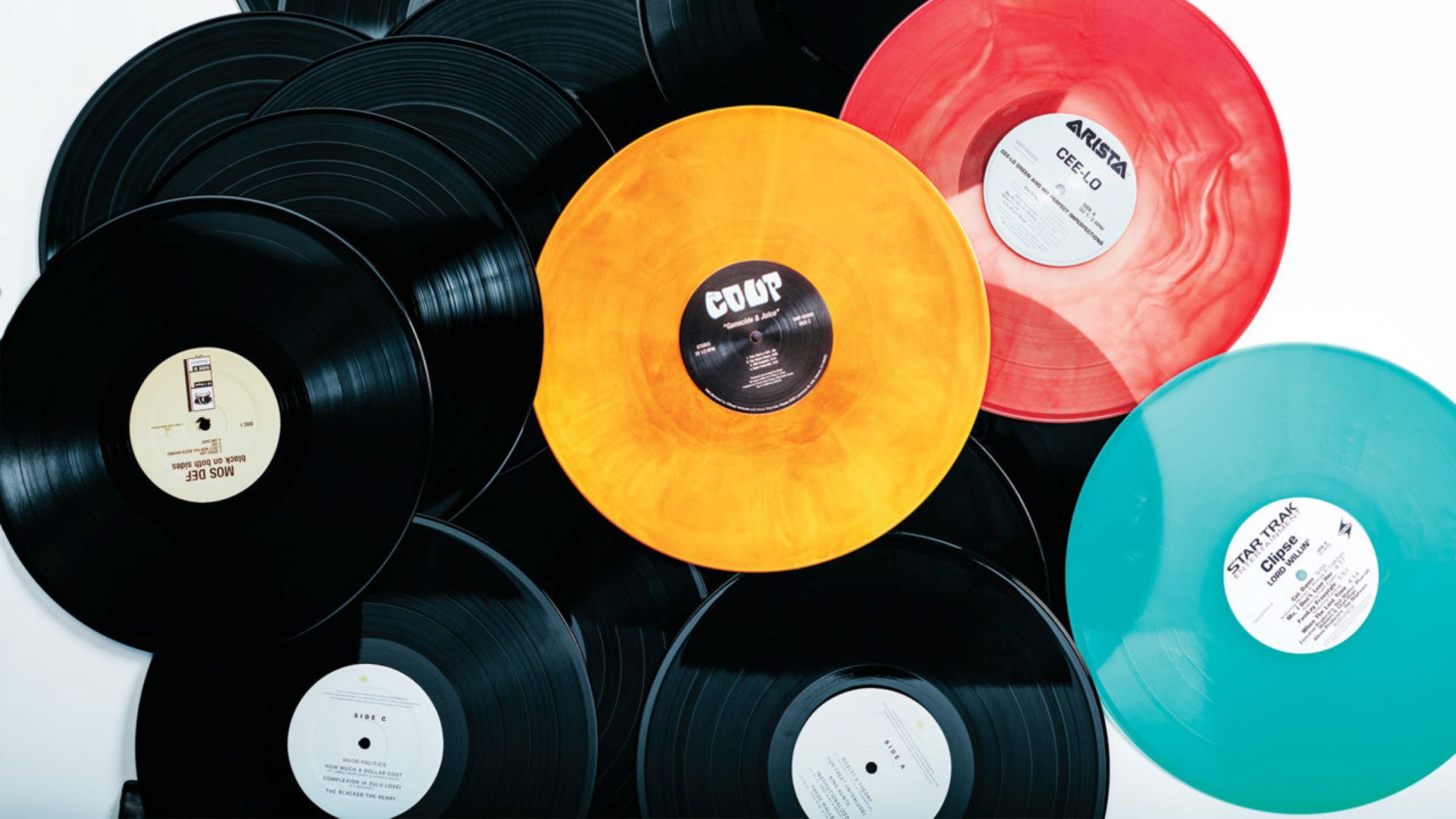
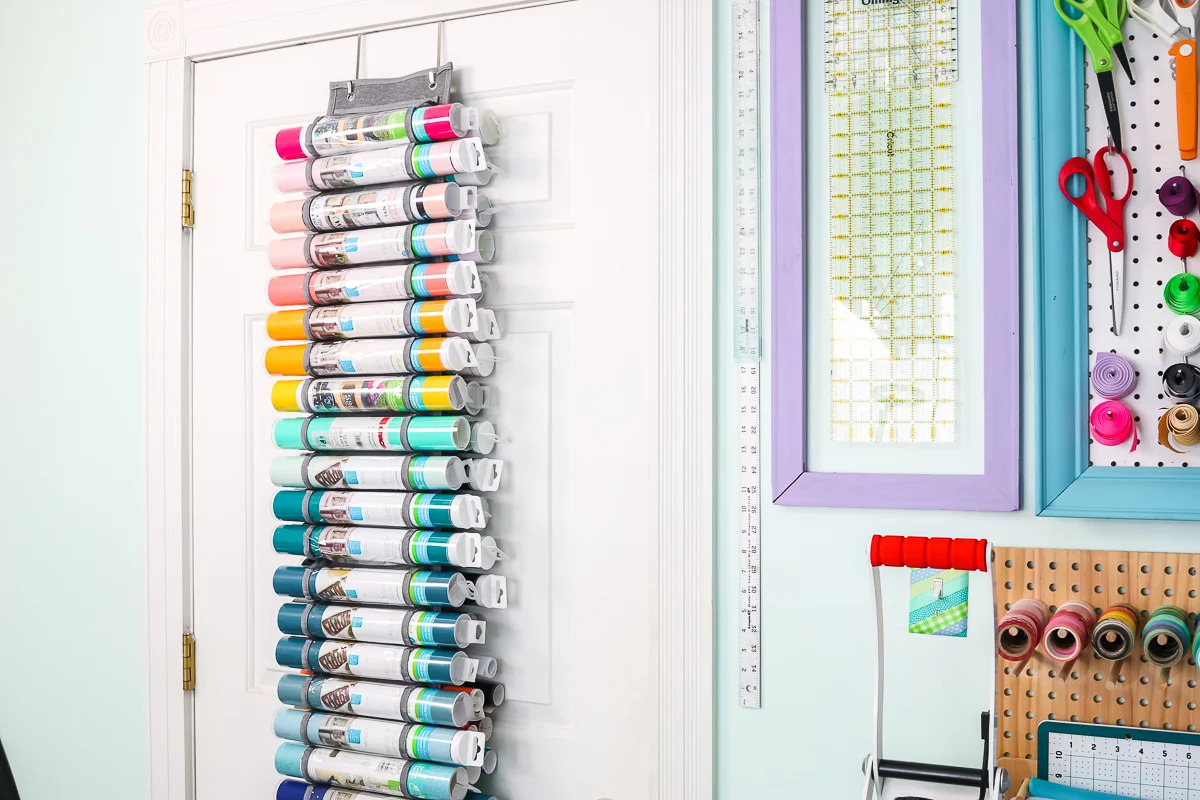

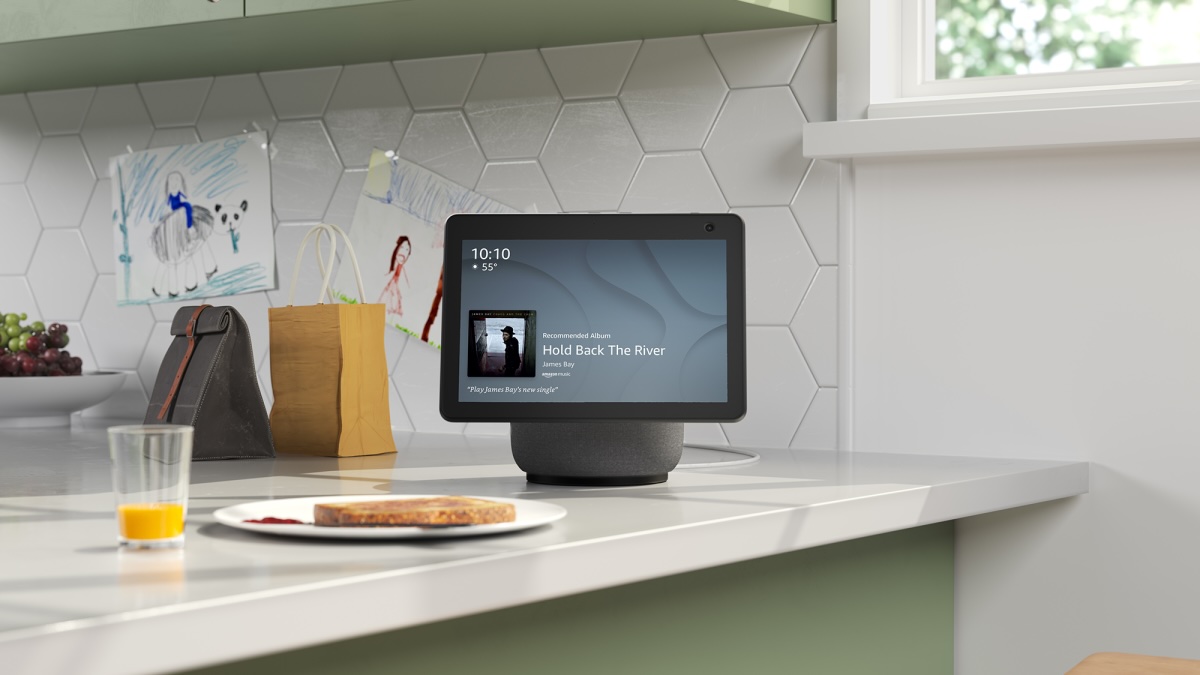
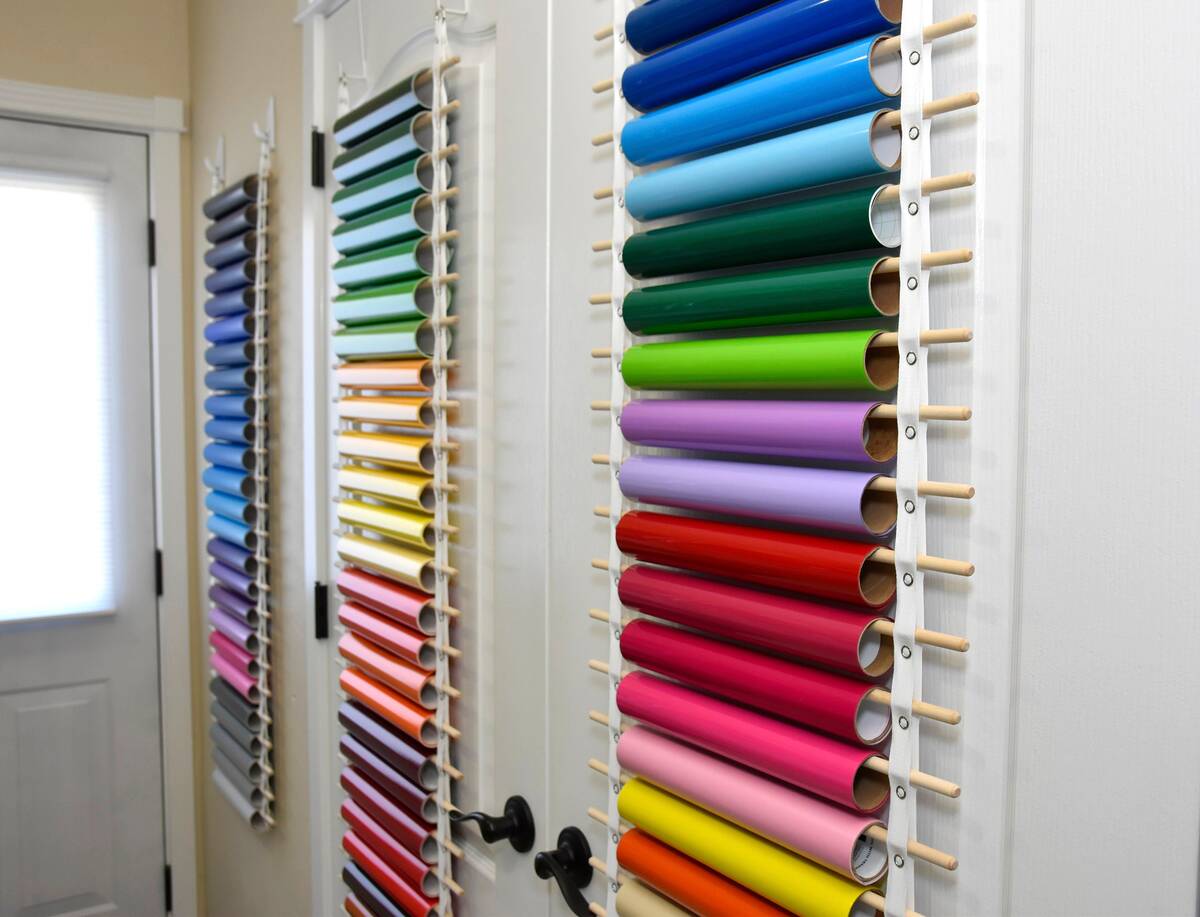
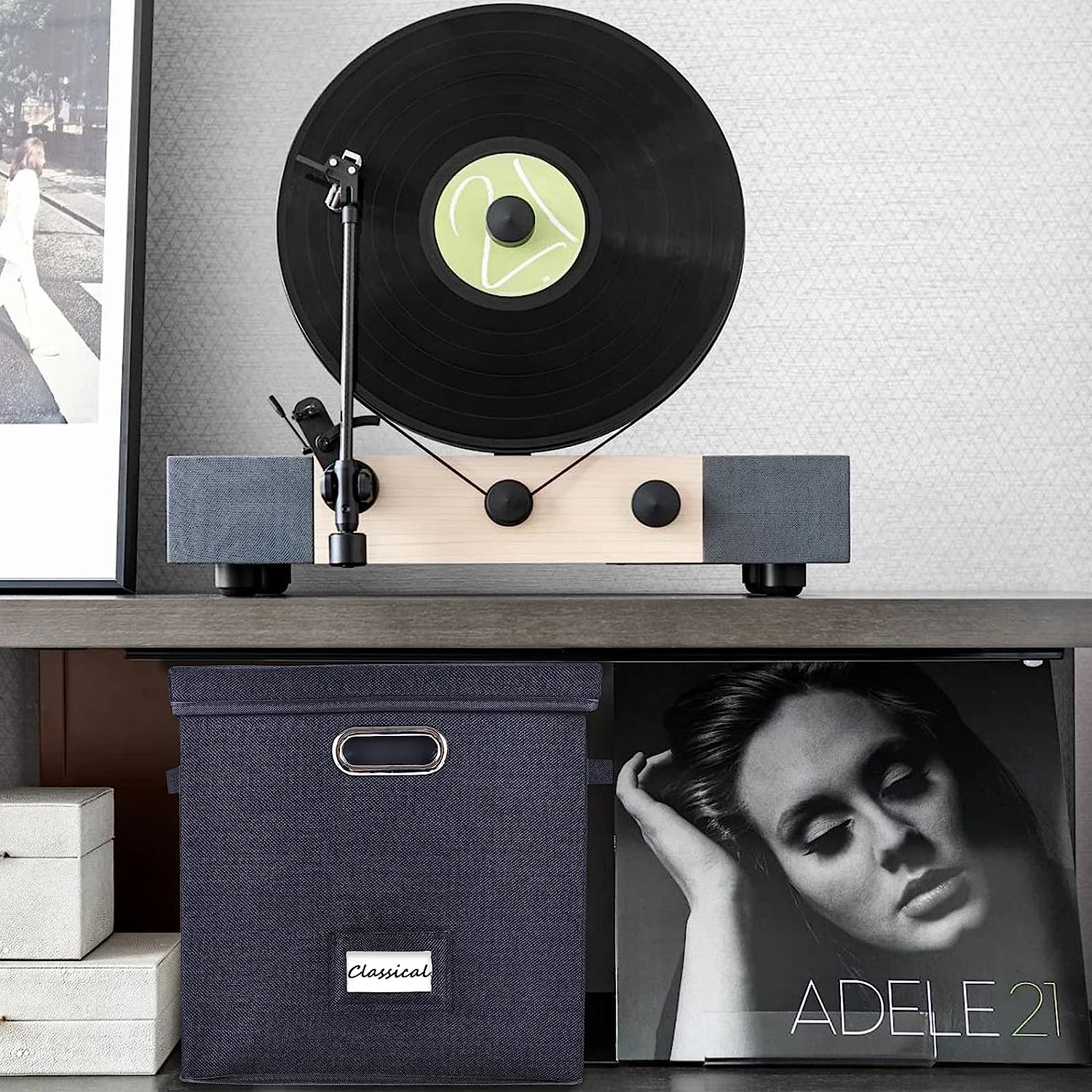
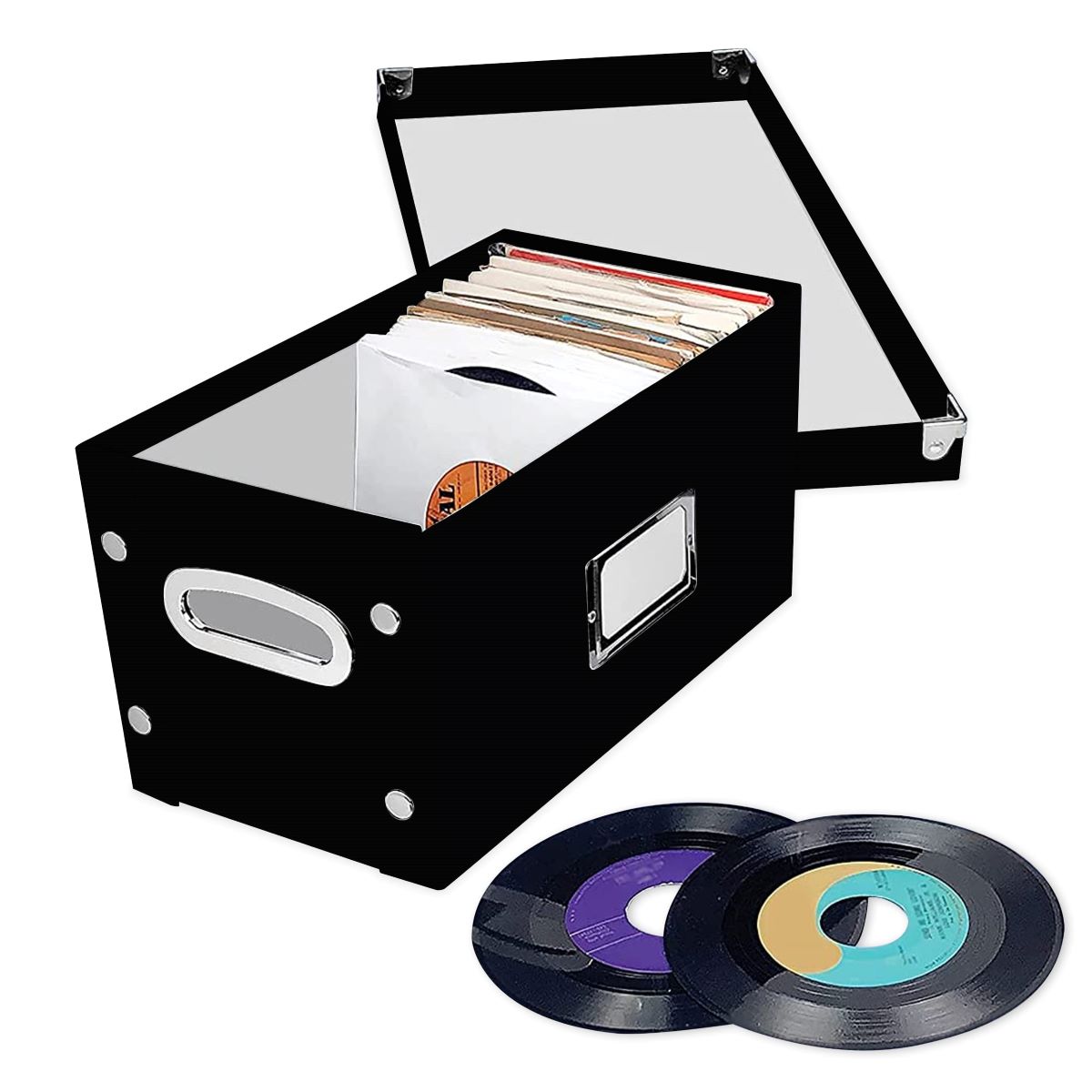
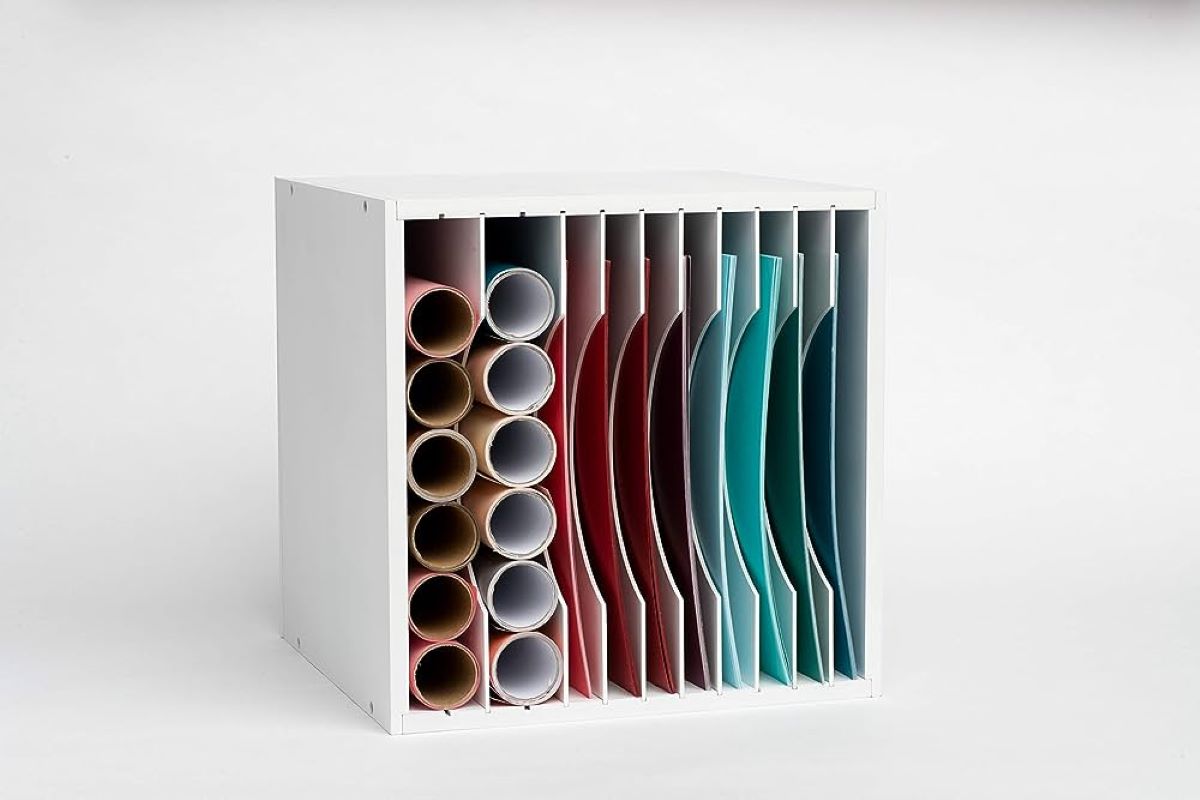
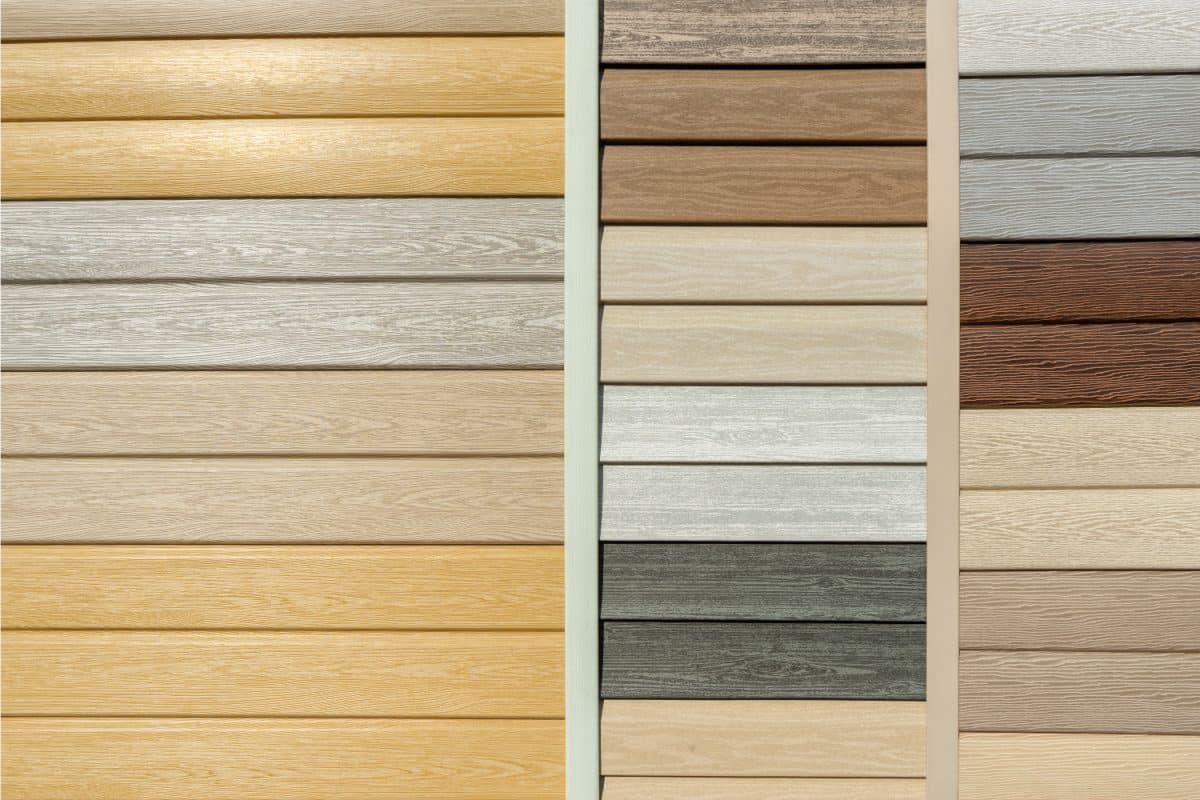
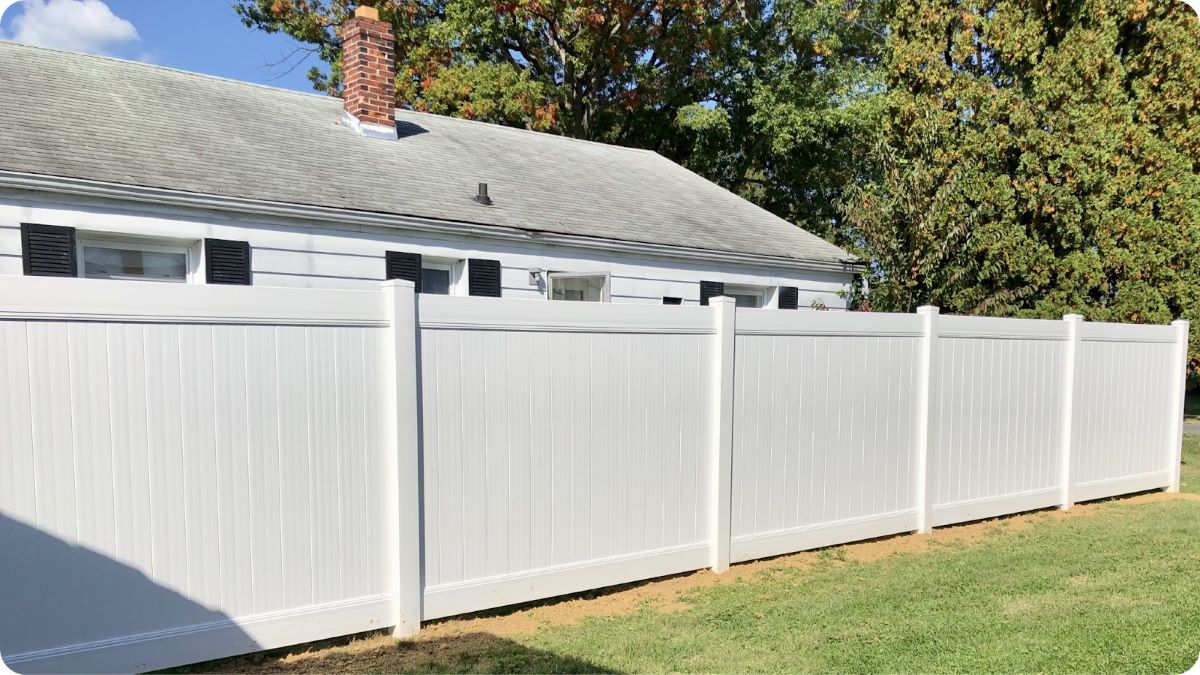
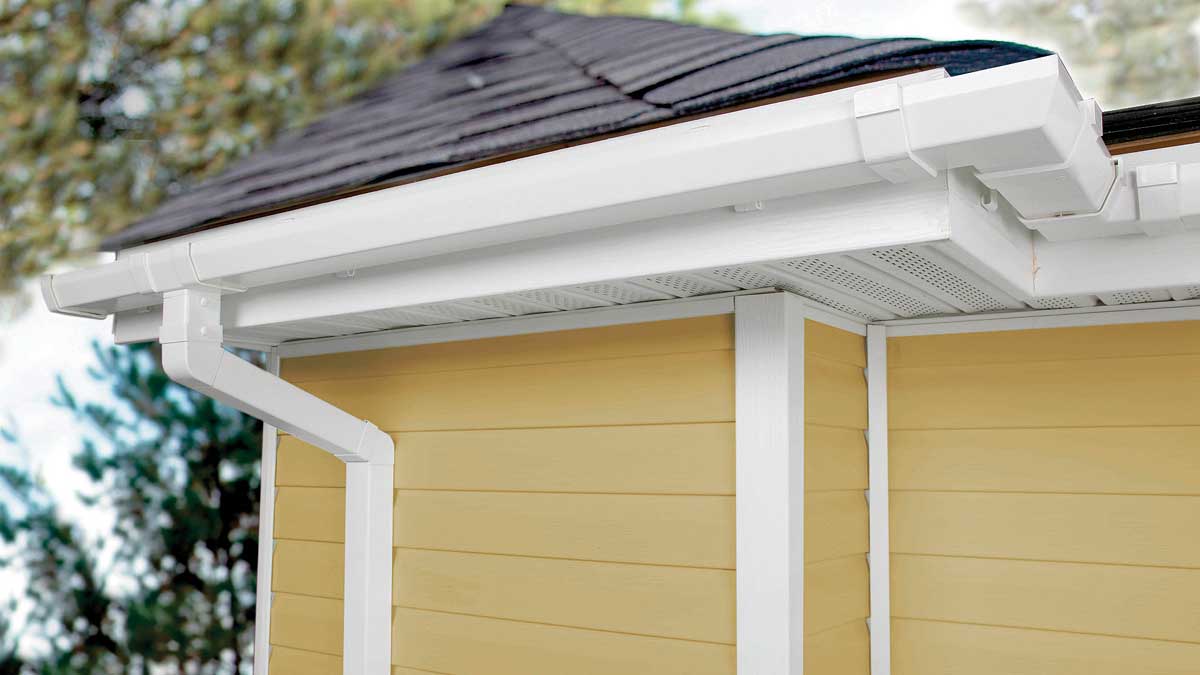
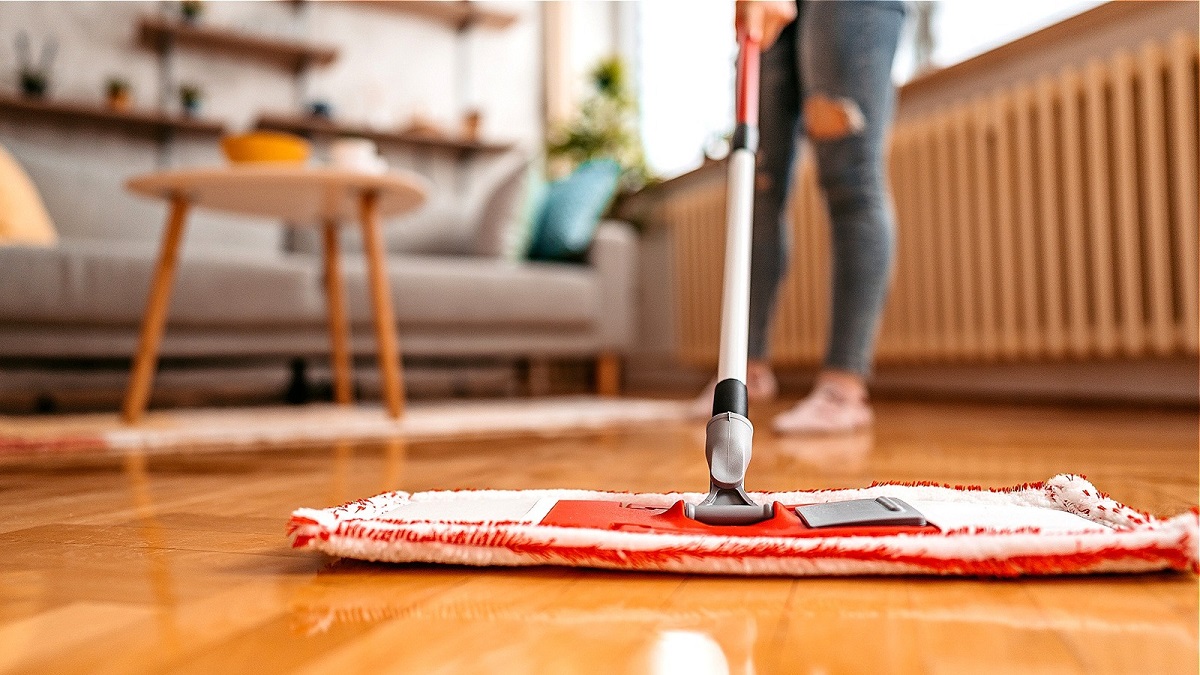
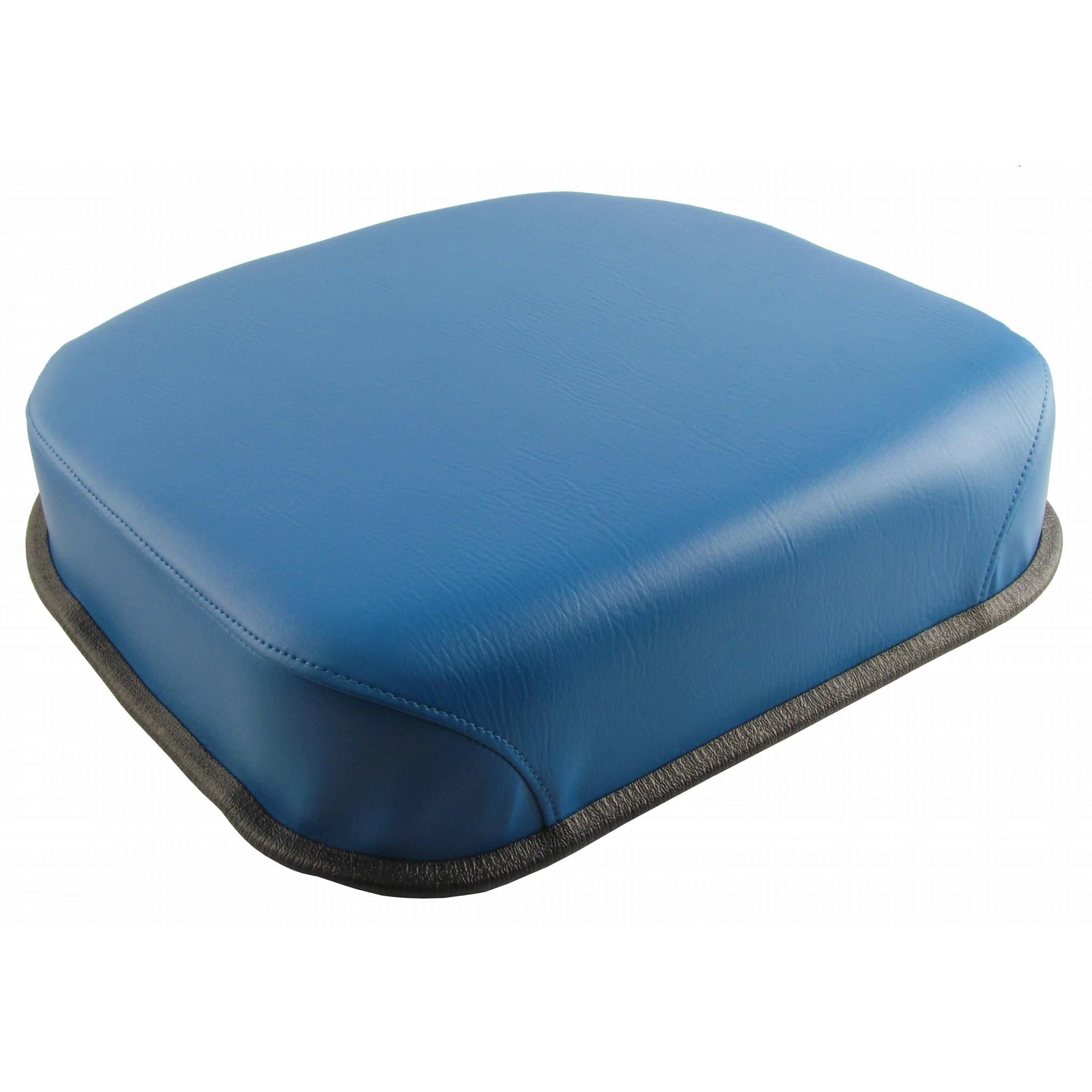
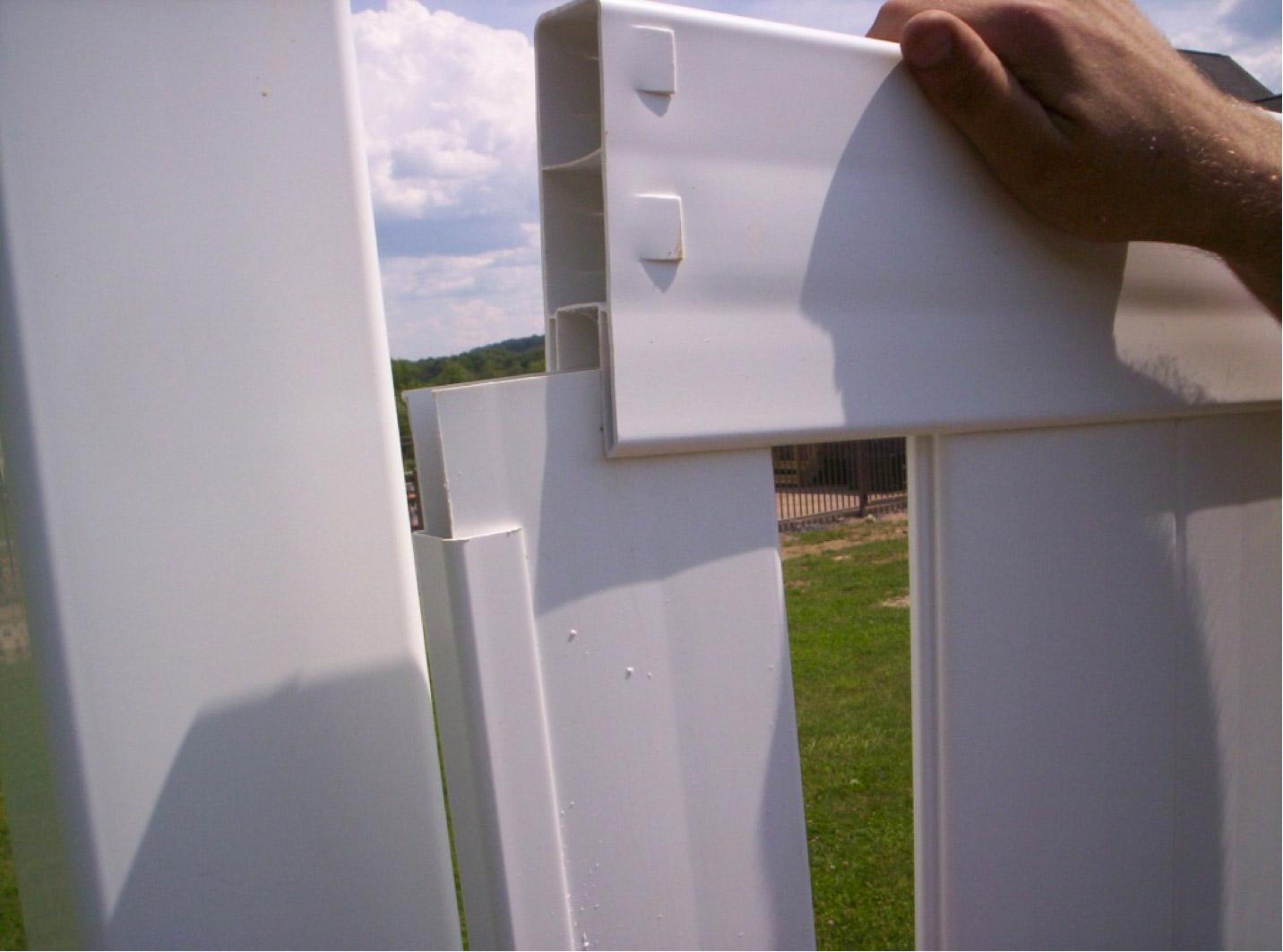

0 thoughts on “How To Store Vinyl Albums”